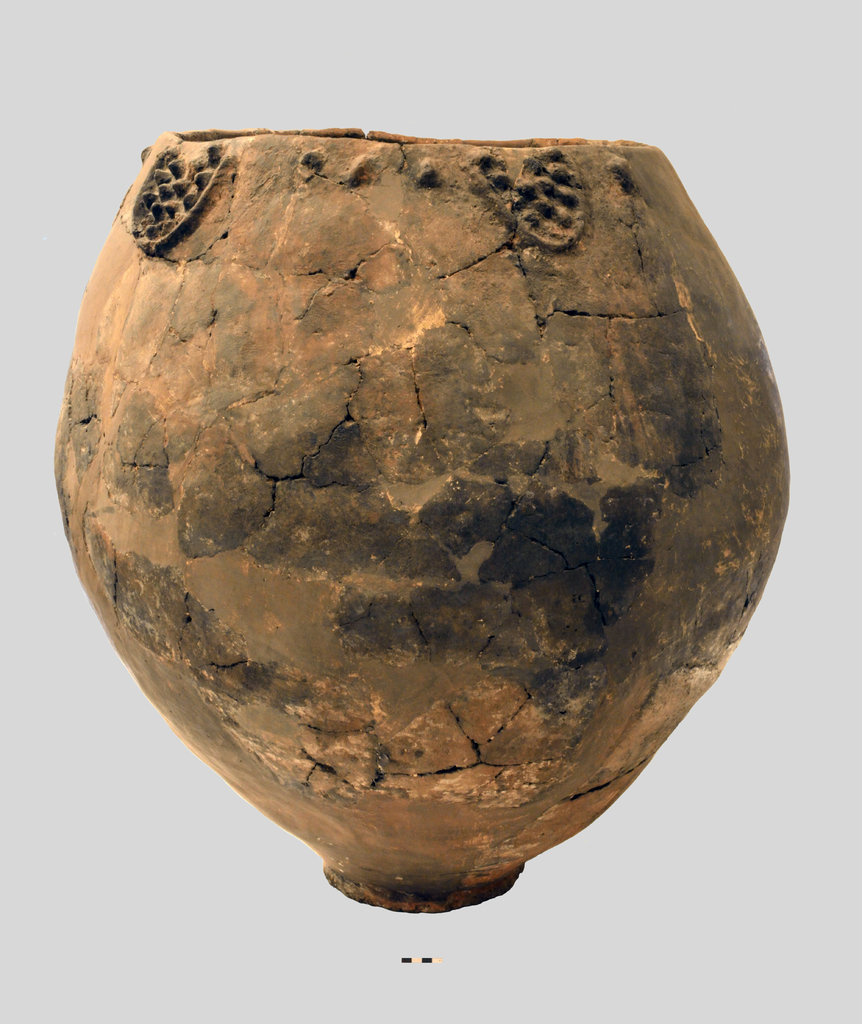An international team of archaeologists has discovered that the Stone Age cultivators who resided near Tbilisi, Georgia 8,000 years ago were the earliest known winemakers in the world. The Gadachrili Gora site was excavated, and fragments of pottery, including massive vessel bases, were discovered embedded in the floors of village homes.
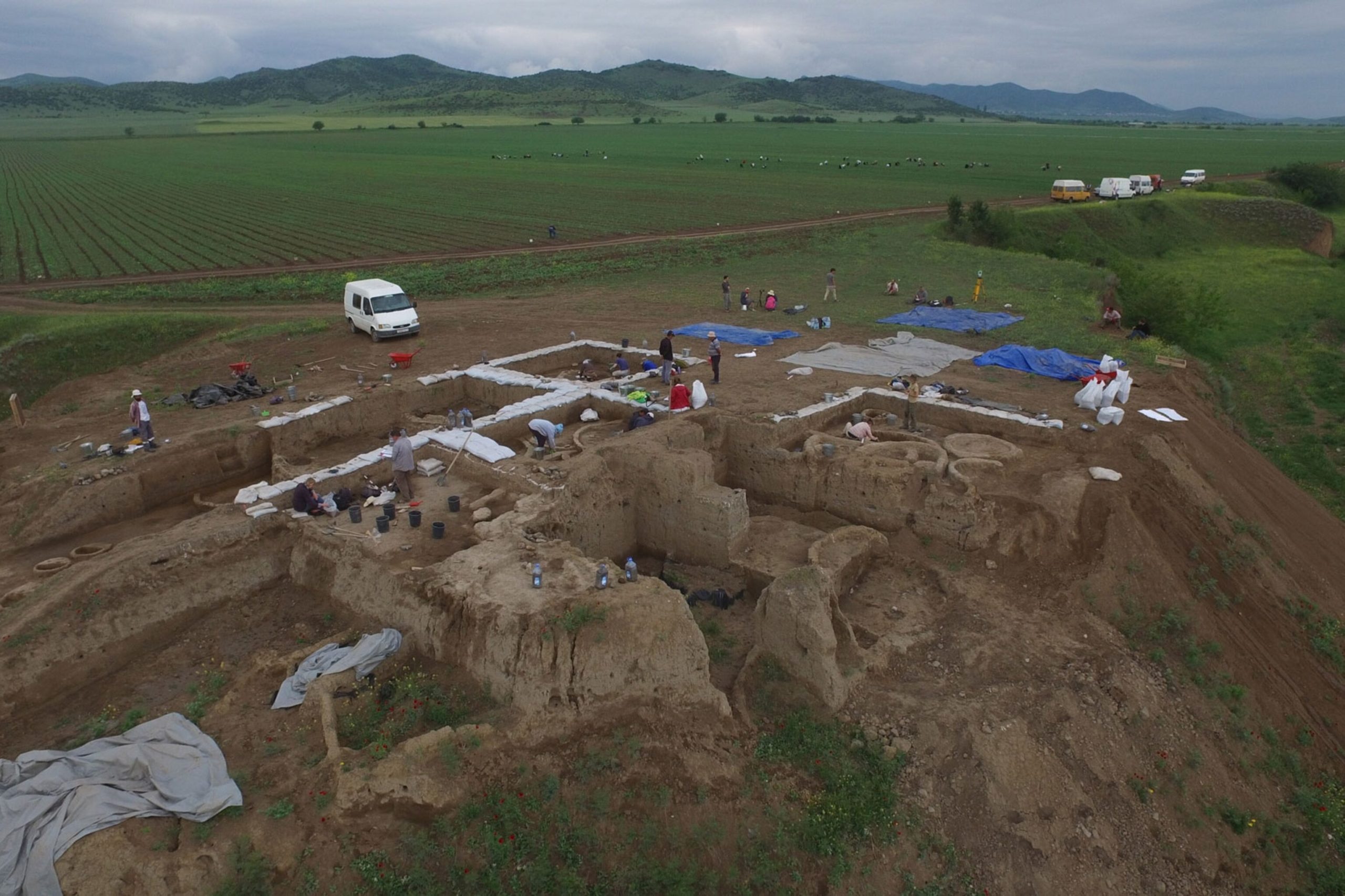
Chemical analysis of the pottery fragments revealed the presence of tartaric acid, a chemical signature of wine residues, indicating that Gadachrili Gora was producing wine on a significant scale as early as 6,000 BCE.
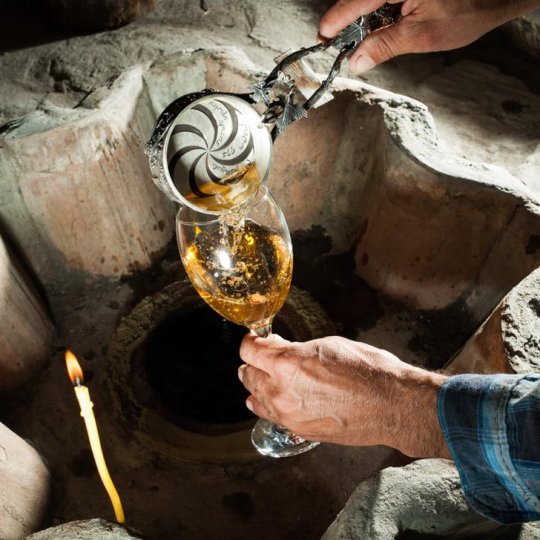
In conjunction with the grape decorations on the pottery, the grape pollen in the soil, and the radiocarbon dates, the chemical analysis indicates that the Stone Age cultivators were the first vintner in the world. The absence of grape seeds and stems in the sediment suggests that the wine was produced close to where the grapes were grown, in the nearby hills. The absence of tree resin and other preservatives in the wine suggests that these were early winemaking experiments and that the wine was produced and consumed seasonally, before it had a chance to deteriorate.

The discovery sheds new insight on the Neolithic period, during which humans first learned to cultivate, settle, and domesticate plants and animals. A few thousand years after the first domestication of untamed grasses, the people of Gadachrili were already producing wine, according to the results. The evidence demonstrates how inventive humans were in mastering the art of fermentation and enhancing the production of the European grape, Vitis vinifera.
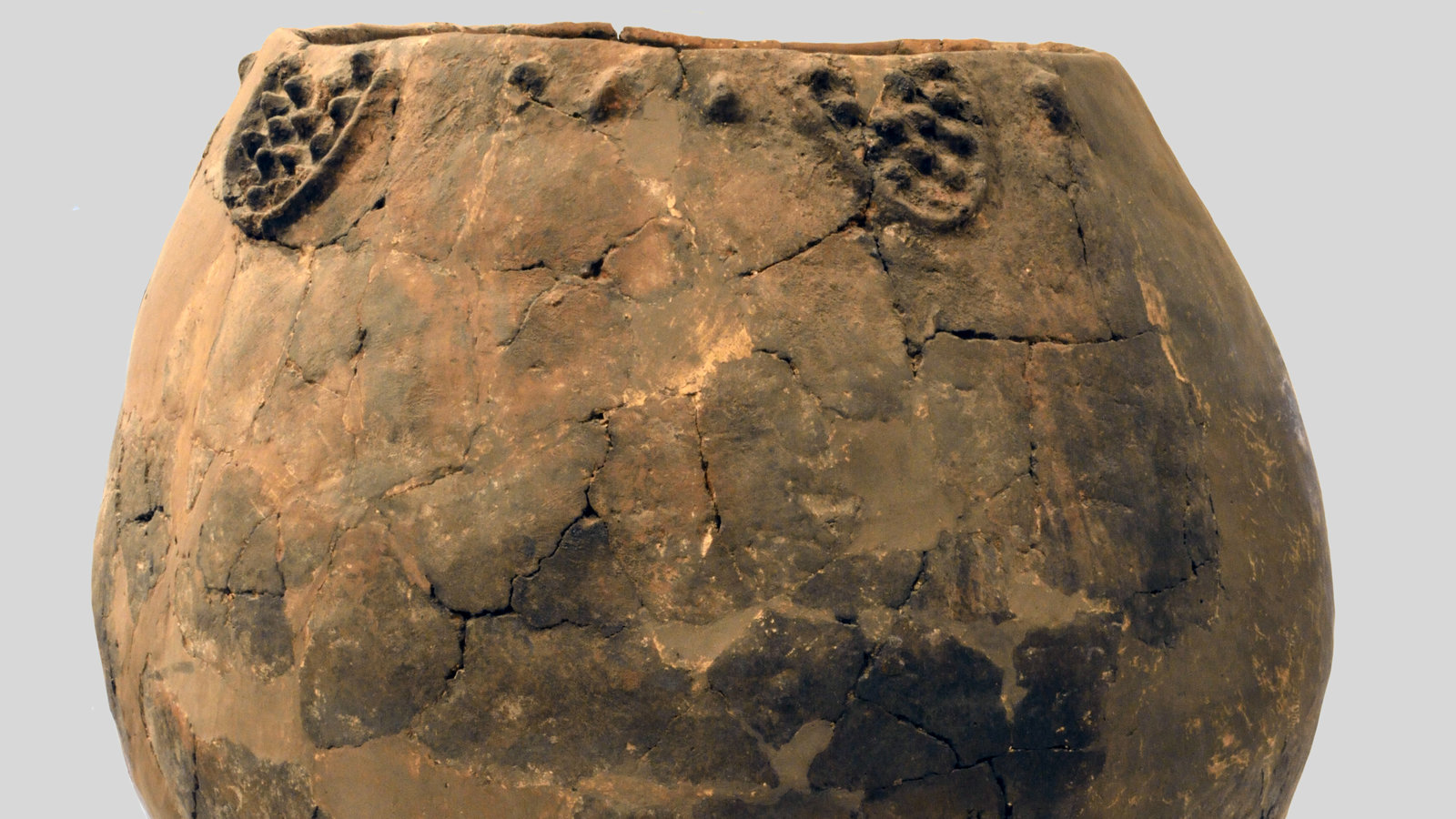
There are over 500 local grape varieties in Georgia, a testament to the region’s lengthy history of grape cultivation and breeding. Large receptacles resembling those used in the Neolithic era are still used to produce wine in Georgia, illustrating the country’s long winemaking tradition. The findings indicate that Stone Age individuals led complex, sophisticated lives with interests that extended beyond mere survival.
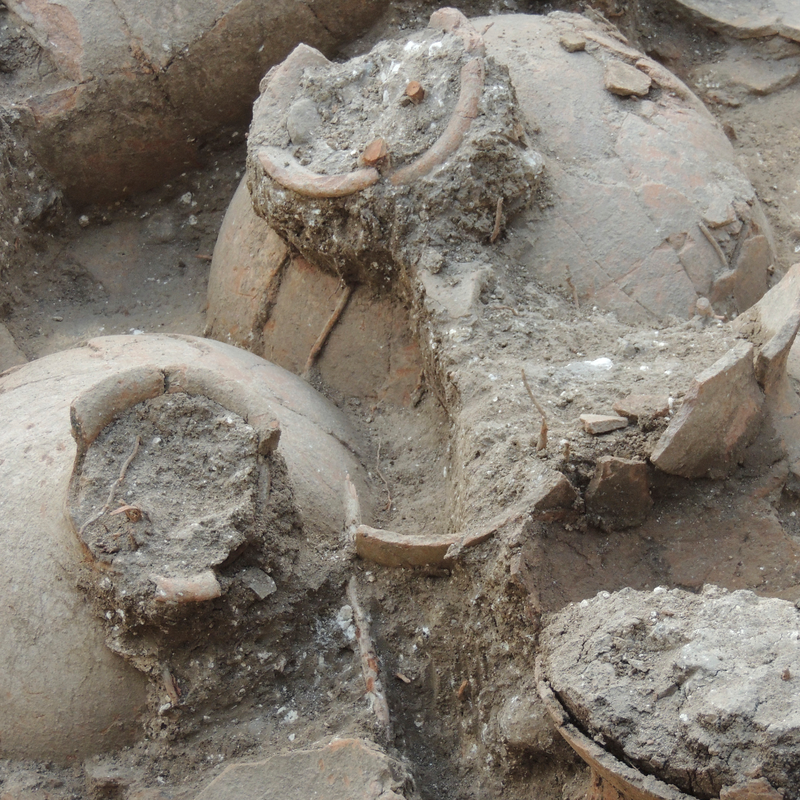
The archaeologists and specialists hope to identify the modern grape variety that is most similar to those that grew near the village of Gadachrili and establish an experimental vineyard nearby in order to learn more about ancient winemaking. Further excavation of the site may reveal even ancient strata, shedding additional light on the history of winemaking and the development of Stone Age societies.
